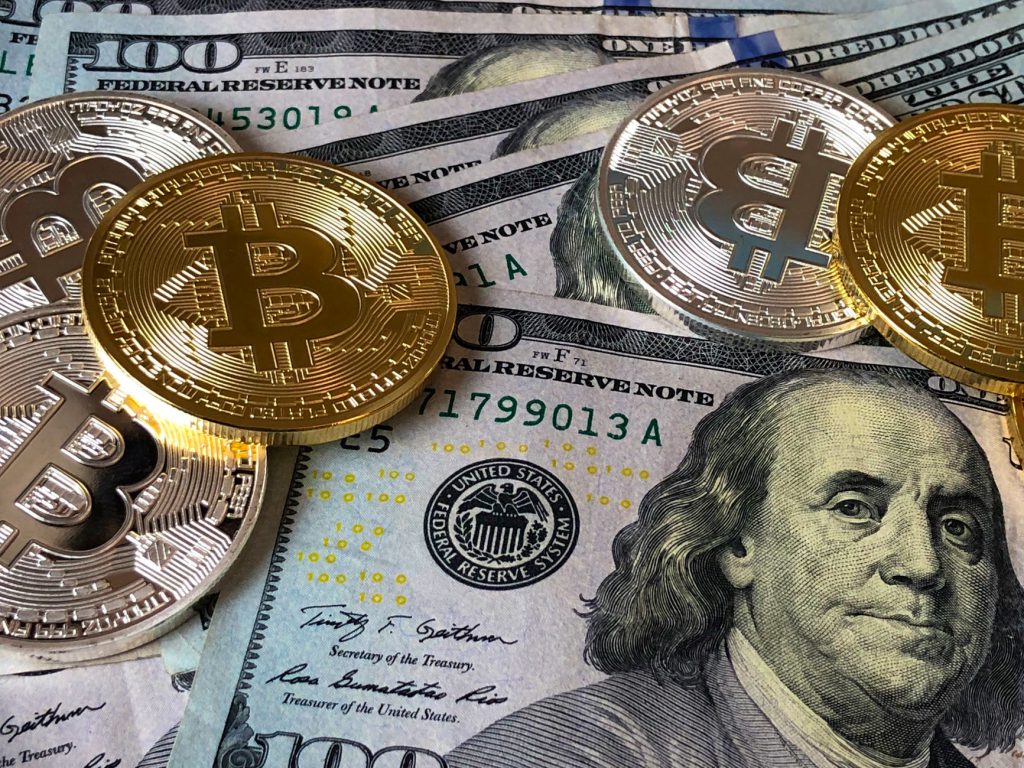This Week in a nutshell (Oct 10th to Oct 14th)

This Week in a nutshell (Oct 10th to Oct 14th)
Technical talks
NIFTY opened the week on 10th October at 17,094 and closed on 14th October at 17,186. During the week, NIFTY was up 0.5%. The index can revisit 17,050 on the downside. On the other hand, the near-term resistance is at 17,350.
Among the sectoral indices, IT (+0.8%), Private Bank (+0.5%) and Bank (+.3%) were the top gainers during the week. Realty (-4.2%), Media (-3.6%) and Metal (-2.8%) were the top losers in during the week.
Weekly highlights
- Wall Street continued bleeding this week. The week started low as investors were concerned about Fed’s monetary tightening trajectory and its impact on the corporate earnings along with ongoing geopolitical tensions.
- The downfall continued after minutes from the last Federal Reserve meeting showed policymakers agreed they needed to maintain a more restrictive policy stance. Bank of England indicated that it would support the country’s bond market for just three more days.
- Thursday’s hot CPI data which sparked an initial selloff in all three major U.S. indices dominated the week. Investors also digested higher-than-expected producer price inflation, a more-than-expected rise in jobless claims, slightly improved consumer sentiment data which also came with a surprise rise in one-year inflation expectations, flat retail sales for September, and a bigger-than-anticipated fall in import prices.
- US prices rose 0.4 percent MoM in September, twice the 0.2 percent projected by analysts, with price increases for food, shelter and medical care weighing on consumers, according to data from the Bureau of Labor Statistics.
- The annual rate of inflation slowed slightly to 8.2 percent from 8.3 percent, according to the report. It indicated that pricing pressures have become more intractable despite aggressive central bank action.
- The week also saw the earnings season kick off with major U.S. banks reporting their results.
- Back home, Indian market’s direction was set by the IT companies quarterly results during the week.
- The week started in red but bounced back due to impressive quarterly results announced by Infosys, TCS, strong micro and stable oil price.
- The International Monetary Fund (IMF) announced another cut to its gross domestic product (GDP) growth forecast for India for FY23E by 60 bps to 6.8 percent. The report stated weaker-than-expected outturn in the second quarter and more subdued external demand.
- India’s industrial growth, as per the Index of Industrial Production (IIP), slid to an 18-month low of (0.8) percent in August from 2.2 percent in July, data released by the Ministry of Statistics and Programme Implementation.
- Headline retail inflation measured by the Consumer Price Index (CPI) rose to 7.41 percent in Sept-22 from 7.00 percent in Aug-22.
- During the week, the rupee fell further and touched a fresh record low of 82.7. However, domestic currency ended marginally lower at 82.4 per dollar on 14th Oct-22 against its 7th Oct-22 closing of 82.3.
- The foreign institutional investors (FIIs) remained net seller for the week as they offloaded equities worth Rs 99,417 mn. However, domestic institutional investors (DIIs) purchased equities worth of Rs 70,310 mn during the week gone by.
Things to watch out for next week
- Us Equity market: In the week ahead, the result season will kick off in earnest, with major names like Tesla Inc., Netflix, and Johnson & Johnson, among others reporting numbers.
- As the earnings season picks up, Indian markets will look out for HDFC Bank’s numbers on Monday. The bond market of US and India will give an idea of the level of inflation and the market’s reaction to it will keep the market volatile.
Disclaimer: “The views expressed are for information purposes only. The information provided herein should not be considered as investment advice or research recommendation. The users should rely on their own research and analysis and should consult their own investment advisors to determine the merit, risks, and suitability of the information provided.”



 During a recession, we experience an economic slowdown which leads to market volatility. But, there’s a wrong assumption that every stock experiences only losses at this time.
During a recession, we experience an economic slowdown which leads to market volatility. But, there’s a wrong assumption that every stock experiences only losses at this time. Technical talks
Technical talks



